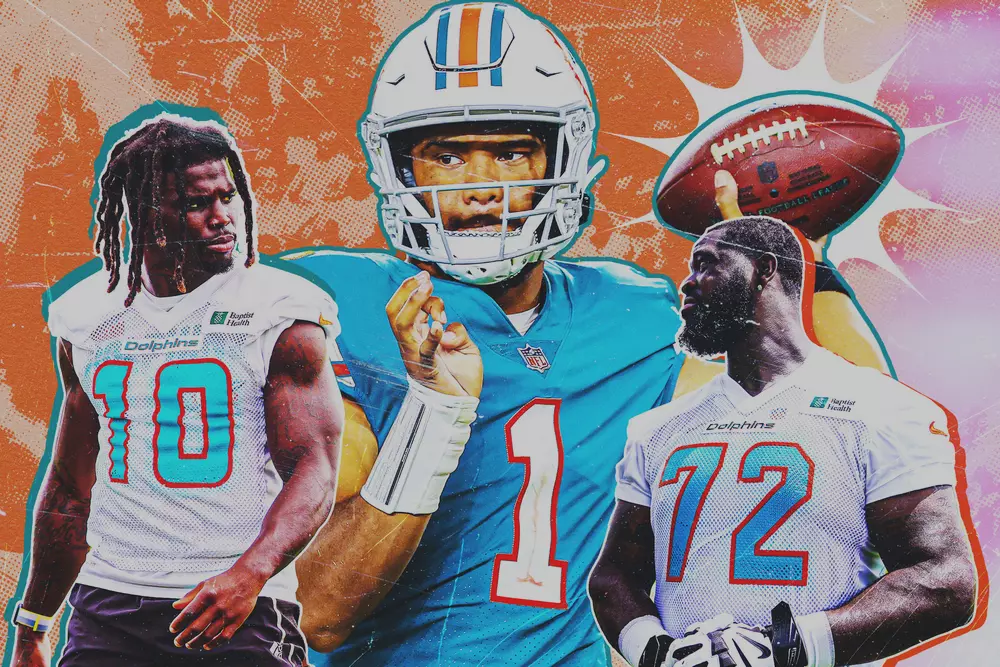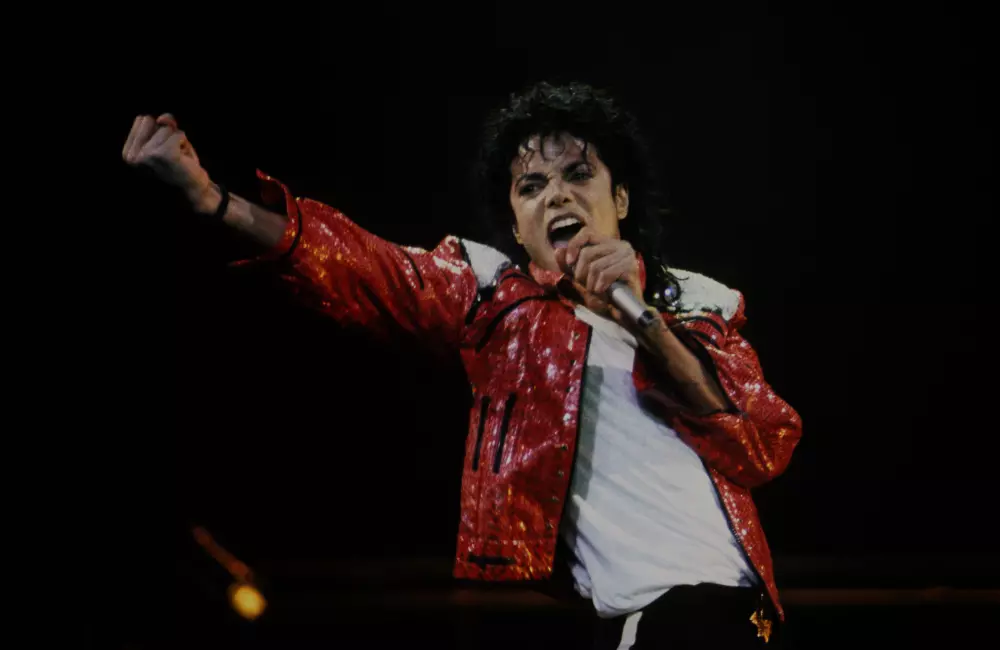Hockey in North America is more than just a sport; it's a fundamental part of the culture. The National Hockey League, or NHL, has long been synonymous with the highest level of play, team rivalry, and incredible energy. It unites the best players in the world, drawing thousands of fans to the stands and millions to their screens. In this article, we'll explore how the league began, what has made it iconic, and why it's captivating even for those who don't live in Canada or the USA.
What is the NHL?
The NHL is the largest professional hockey league globally. Its name stands for the National Hockey League. Founded in Canada in 1917, the league has long since expanded to include the United States. Today, it comprises 32 teams, with 7 representing Canada and 25 based in the United States.
The core principle of the NHL is a regular season of games leading to the playoffs. Each team plays dozens of matches, with only the strongest advancing. The season culminates in the Stanley Cup Final, where the league's most coveted trophy is awarded. The Stanley Cup is considered one of the most prestigious honors in international sports.
Unlike European leagues, the NHL operates as a closed system. This means teams don't get promoted or relegated based on their performance; instead, they are admitted by the league's management. This approach allows for stability and the development of clubs as business ventures.

Games are held in arenas across North America — from New York to Los Angeles, and from Toronto to Vancouver. Teams frequently travel for away games, and their season schedule is packed. Despite the demanding schedule, the level of play remains exceptionally high. Hockey players from all over the world come to the NHL — it's a true showcase of the planet's best talent.
For residents of the USA and Canada, the NHL is an ingrained part of life. People have been fans of their clubs since childhood, attending games as families, watching live broadcasts, and following statistics. In Russia, there's also significant interest in the NHL — especially in those players who have joined the league and managed to establish themselves.
The NHL represents hockey at its most competitive. Strong players, high speed, strict rules, and high stakes define the game. The league has long transcended the realm of sports and has become a notable phenomenon in culture and business.
The History of Creation and Development
The National Hockey League came into being in 1917 in Montreal. It was created as a replacement for the previous organization, the National Hockey Association, which had been plagued by internal conflicts among club owners. The solution was simple: dissolve the old league and establish a new one in its place. Thus, the NHL was born.
Initially, the league comprised just four teams, all from Canada. The first games were played on small rinks, and the organization was far less structured than it is today. There was no clear framework, no large-scale broadcasts, and team uniforms were sometimes finalized almost at the last minute. Yet, even then, interest in hockey was high.
As early as 1924, the NHL welcomed its first American team, the Boston Bruins. This marked the initial step in expanding beyond Canada. Over time, American clubs began to emerge in major cities like New York, Chicago, and Detroit. The league started to evolve — competition intensified, strong players appeared, and interest from spectators and investors grew.
Miami Dolphins football team
The year 1942 ushered in the era of the "Original Six" — the teams that remained in the league for 25 years: the Montreal Canadiens, the Toronto Maple Leafs, the Boston Bruins, the Chicago Blackhawks, the Detroit Red Wings, and the New York Rangers. It was during this period that the NHL laid the foundation for its future success — radio and television broadcasts began, the first superstars emerged, and tickets started selling out months in advance.
In 1967, the league underwent a significant expansion, doubling the number of teams overnight. This was a turning point. Hockey began to extend beyond its traditional markets, reaching more and more cities. In the following decades, the NHL continued to grow — new clubs were added, arenas were built, and rules were modified.
By the early 1990s, players from Europe, including Russia, began actively joining the league. Their skill brought a new dynamic to the game. Many Russian hockey players became league stars, won the Stanley Cup, and played crucial roles on their teams.
Today, the NHL is the result of over a century of history. The league has faced numerous challenges: strikes, financial difficulties, and periods of declining interest. But each time, it has found a way to adapt and continue to develop. Now, it's not just a sporting competition but a powerful organization with a multi-billion dollar turnover, an army of fans, and a significant influence on the entire world of hockey.
Structure and Organization
The NHL is structured clearly and thoughtfully — the result of many years of development. To understand how everything works, it's necessary to grasp several key elements.
1. Teams and Conference Alignment
There are 32 teams in the league, and they are all divided into two conferences:
- Eastern Conference.
- Western Conference.
Each conference, in turn, is made up of two divisions. Each division contains 7 or 8 teams, depending on the season.
2. Regular Season
Each team plays 82 games during the regular season. Games are played both at home and on the road. Opponents are scheduled based on a rotational principle, with an emphasis on geography and division matchups.
Points are awarded as follows:
- Regulation win — 2 points.
- Overtime or shootout win — 2 points.
- Overtime or shootout loss — 1 point.
- Regulation loss — 0 points.
The regular season standings determine which teams will advance to the playoffs.
3. Playoffs and the Stanley Cup
The playoffs are the main event of the season. The top 16 teams qualify (8 from each conference). Series are played in a best-of-seven format — initially within divisions, then between conference winners.
The Stanley Cup Final is the decisive series where the Eastern and Western Conference champions compete. It is the highlight of the season and every player's dream.
4. Draft and Prospect System
Every summer, the NHL holds a draft where teams take turns selecting young players. These are typically players aged 17–19 who have played in junior or college leagues. The best players are chosen first to give weaker teams a chance to improve.
After the draft, young players sign contracts and may join the NHL roster immediately or spend time in a minor league affiliate.
5. Farm System and the AHL
Each NHL team has its own reserve system — the so-called "farm team" — which competes in the American Hockey League (AHL). Players are sent there to develop their skills, recover from injuries, or simply await their opportunity in the NHL.
6. Salary Cap and Contract Management
The NHL operates under a strict salary cap. This means each team can only spend a certain amount on player salaries. This system helps to level the playing field — even smaller market teams can compete with the favorites.
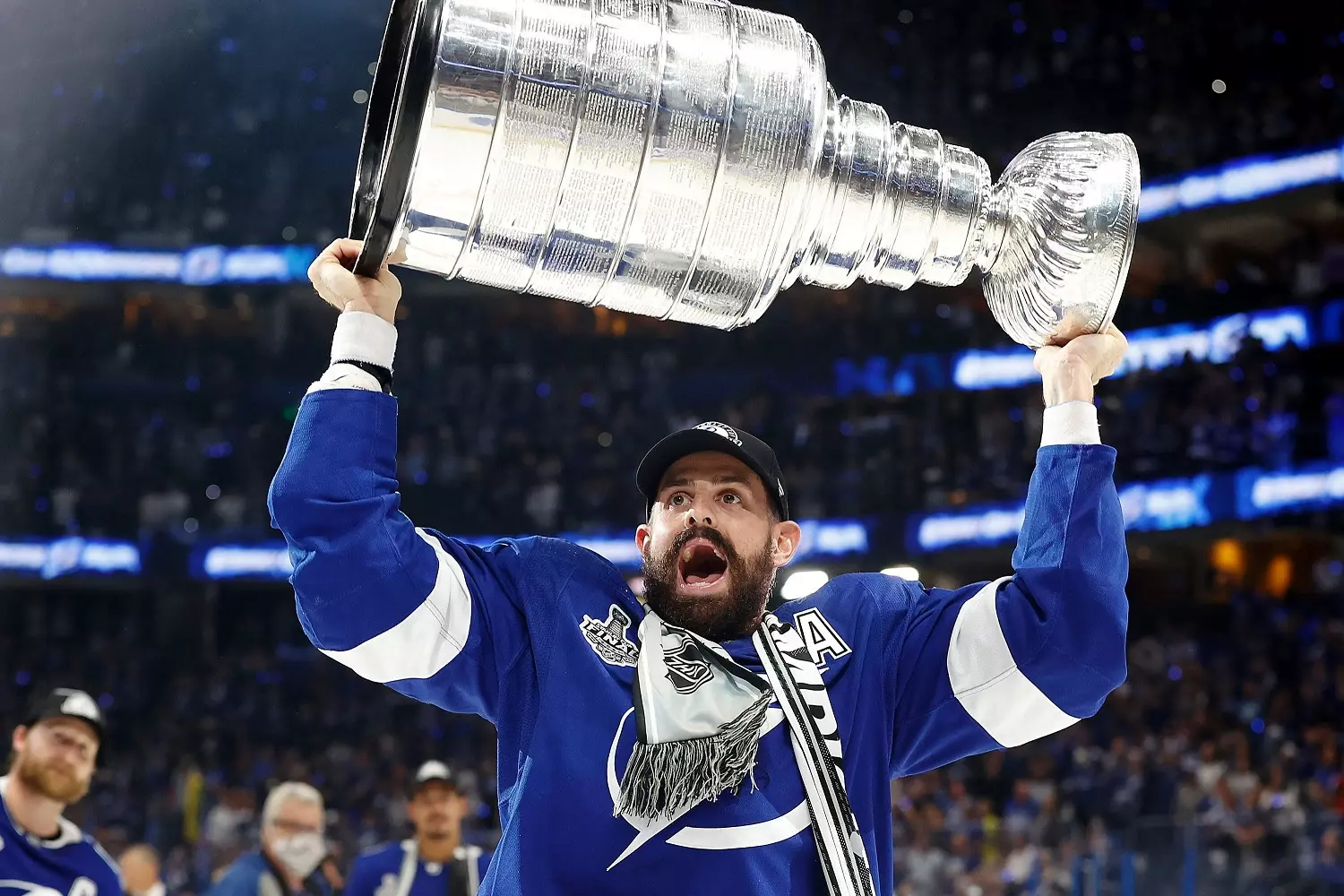
NHL Stars and Legends
Over more than a century, hundreds of outstanding players have competed in the NHL. Some have become symbols of an era, while others continue to influence the game even after retirement. The league has always attracted the best — those who could change the course of a game, a season, and even the entire history of hockey.
The Brightest Names in History
- Wayne Gretzky — the all-time leader in points, goals, and assists. He's called "The Great One" for a reason. He dominated the 1980s and 1990s and set a standard that no one has come close to matching.
- Mario Lemieux — a combination of talent, physicality, and leadership. Despite injuries and a career hiatus, he managed to win the Stanley Cup as both a player and a team owner.
- Gordie Howe — a symbol of old-school power hockey. He played in the NHL for over 30 seasons and was considered the epitome of a versatile player.
- Bobby Orr — a defenseman who revolutionized his position. He would freely join the attack and often scored more points than forwards.
Stars of the New Generation
- Sidney Crosby — the captain of the Pittsburgh Penguins, a team leader, and a Stanley Cup winner. He was considered a prodigy from childhood — and lived up to all expectations.
- Alexander Ovechkin — one of the best goal-scorers in NHL history. The Russian forward has already surpassed 800 goals and continues his pursuit of Gretzky's record.
- Connor McDavid — a player with phenomenal speed and skill. He is considered the future face of the league and is often mentioned in the same breath as Gretzky and Lemieux.
Russian Players in the NHL
Russia has always provided the NHL with strong players. Many of them have become true legends:
- Sergei Fedorov — a versatile forward who played both offense and defense. The first Russian to win the Stanley Cup.
- Pavel Bure — one of the fastest forwards in history. His nickname, "The Russian Rocket," speaks for itself.
- Igor Larionov, Viacheslav Fetisov, Alexei Kasatonov — part of the famous "Russian Five" with the Detroit Red Wings. Their style became an example of team play.
- Andrei Vasilevskiy — a goaltender recognized as one of the best in the modern NHL. He has won the Stanley Cup twice with the Tampa Bay Lightning.
Records and Achievements
- Most goals — Wayne Gretzky (894).
- Most career points — also Gretzky (2,857).
- Most points in a season — him again (215 points).
- Most wins by a goaltender — Martin Brodeur (691).
- Most Stanley Cups by a single club — Montreal Canadiens (24).
The NHL is constantly changing, but the names of these players remain in history. New generations arrive to leave their mark — and sometimes they succeed from their very first games.

The NHL's Role in Culture and Global Sport
The NHL has long transcended the boundaries of a typical sports championship. It has become a part of cultural life, the economic system, and even national identity — especially in Canada and the northern United States. For millions of people, hockey is not just a spectacle but a habit, a family tradition, and an element of everyday life.
A National Symbol in Canada
In Canada, hockey is like soccer in Brazil or baseball in Japan. The NHL is perceived as a source of national pride. Even though Canadian clubs don't win the Stanley Cup as often, fans remain loyal to their teams. In cities like Montreal, Toronto, and Calgary, hockey permeates everything — from news to school activities.
Influence in the USA
In the United States, the NHL trails American football, baseball, and basketball in popularity, but its influence is immense in certain regions. In Boston, Chicago, Pittsburgh, and New York, fans are just as passionate as in Canada. Over the past 30 years, hockey has also established itself in the southern states — strong teams have emerged in Tampa, Dallas, and Las Vegas.
Hockey and Television
NHL games are broadcast on major sports channels. The rights to these broadcasts are worth billions of dollars. Matches are watched live, on replay, with analysis and commentary. Even those unfamiliar with the rules can tune in for the excitement and emotion.
Hockey in Film and Media
The NHL regularly appears in movies, TV series, cartoons, and video games. Viewers recognize the league through its logos, equipment, and the atmosphere of its games. Some teams have become cultural symbols — for example, the New York Rangers or the Montreal Canadiens. Dramas, comedies, and documentaries are filmed against the backdrop of hockey stories.
International Authority
Despite being a North American league, the NHL's influence is felt worldwide. The best players from Sweden, Finland, the Czech Republic, Russia, Germany, and Slovakia dream of playing there. Even southern countries with no ice are beginning to develop hockey, looking to NHL standards.
The league also influences international hockey rules — its approach to training, physical conditioning, and game organization is emulated even in Europe. And when the Olympic Games or World Championships take place, the participation of NHL players always elevates the level of the tournament.
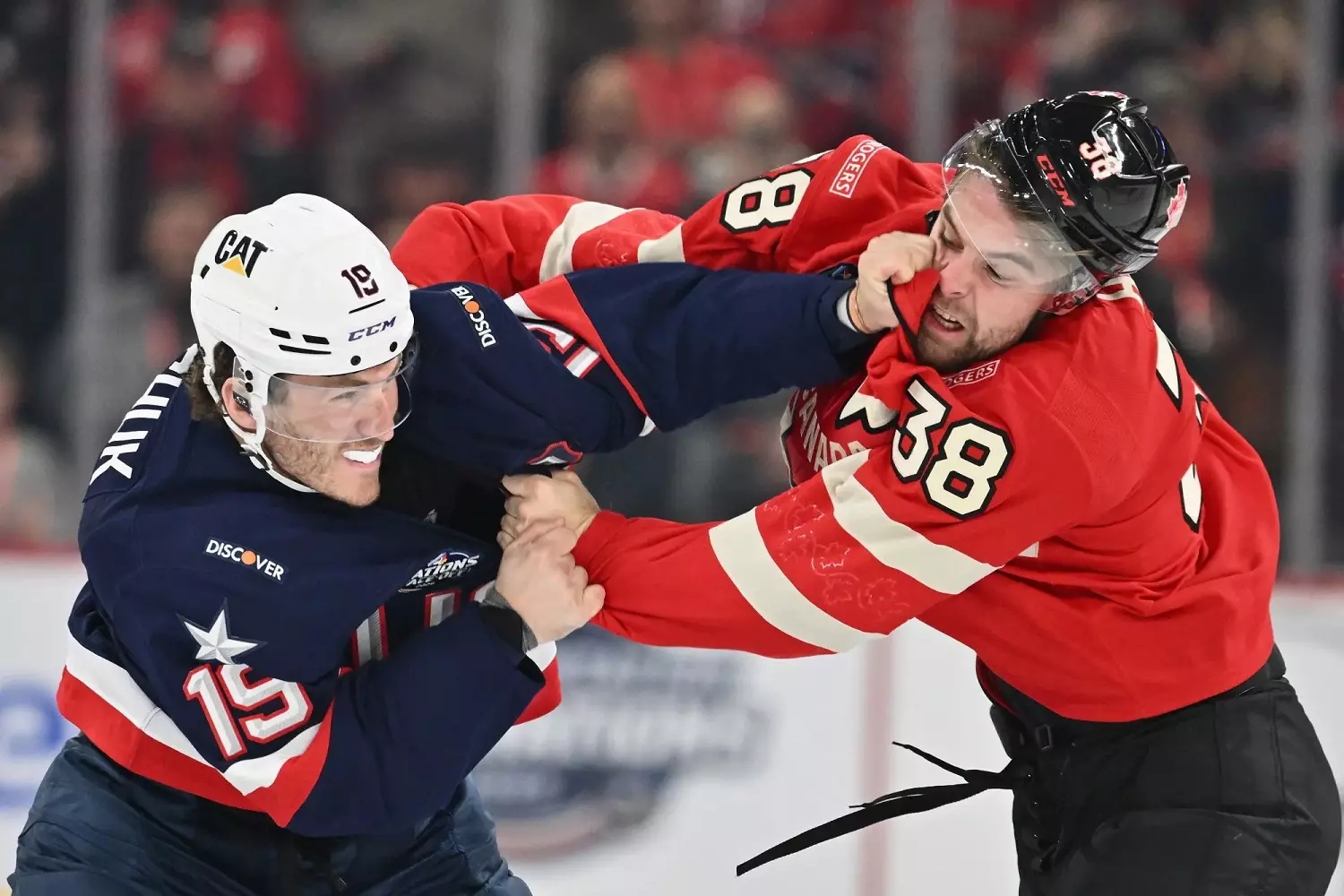
How the NHL Differs from Other Hockey Leagues
There are dozens of hockey leagues around the world, but none compare to the NHL in terms of organization, game speed, and the number of star players. Below are the main differences that make this league unique.
- Speed and Intensity
NHL games are played at a very high tempo. Everything — from zone entries to player changes — is timed down to the second. Mistakes are costly, and there are hardly any pauses. Even experienced players from Europe admit that they initially struggle to keep up with the pace. - Smaller Rinks
The size of the hockey rink in the NHL is smaller than in European leagues. This makes the game more compact and physical — less open ice, more battles, and more body checking. - Physical Style
In the NHL, physicality is part of the culture. Pushing, blocking, and fighting are permitted. Referees only stop players if a fight goes too far. In Europe, this is considered a penalty, but in the NHL, it's seen as a way to protect a teammate or vent emotions. - Draft System
Every summer, a draft is held where teams select young players, typically around the age of 18. The selection order is based on the reverse order of the regular season standings: the weakest teams pick first. This levels the playing field and prevents strong clubs from dominating for years. - Salary Cap
Each team has a salary cap — they cannot spend more than a set amount on player contracts. This makes the league more competitive. Even smaller market teams can compete with the powerhouses if they manage their finances wisely. - Season Format
The regular season runs from October to April and includes 82 games. Then the playoffs — the Stanley Cup — begin. Teams play best-of-seven series in each round. Everything is decided in intense competition, with no room for error. This provides viewers with strong emotions. - Top Goaltending Talent
The NHL is known for its high level of goaltending. Even the backup goalie on any team can steal a game. Goaltending in the NHL is a separate art form. This highlights how difficult it is for even star forwards to score. - Media Presence and Reach
Each NHL team is a business, a media entity, and a brand. Players appear in commercials, participate in shows, and interact with the press. Games are analyzed live, and fans follow statistics and predictions like stock market trends. - Fan Support
Fans in the NHL are more than just spectators. They are part of the club's culture. They come to games with their families, organize fan zones, and follow every player trade. In some cities, getting a ticket to a game is harder than getting into the NBA Finals.
The NHL Today and Its Future
The National Hockey League remains the main benchmark for everyone involved in hockey — from young players to major investors. Currently, there are 32 teams in the NHL, including Seattle and Las Vegas, which were added in recent years. The league's expansion has shown that interest in hockey is growing even in places where it previously had little presence.
The modern NHL is not just a sport but an industry with a multi-billion dollar turnover. The sale of broadcasting rights, sponsors, merchandise, attendance figures, and social media activity all play a crucial role in its development. At the same time, the game itself has become faster, more physical, and more skilled. Young players step onto the ice at 18–19 years old and already impact the results. Technology also plays a role: data analysis, video assistance for referees, and real-time tracking of the puck and players.
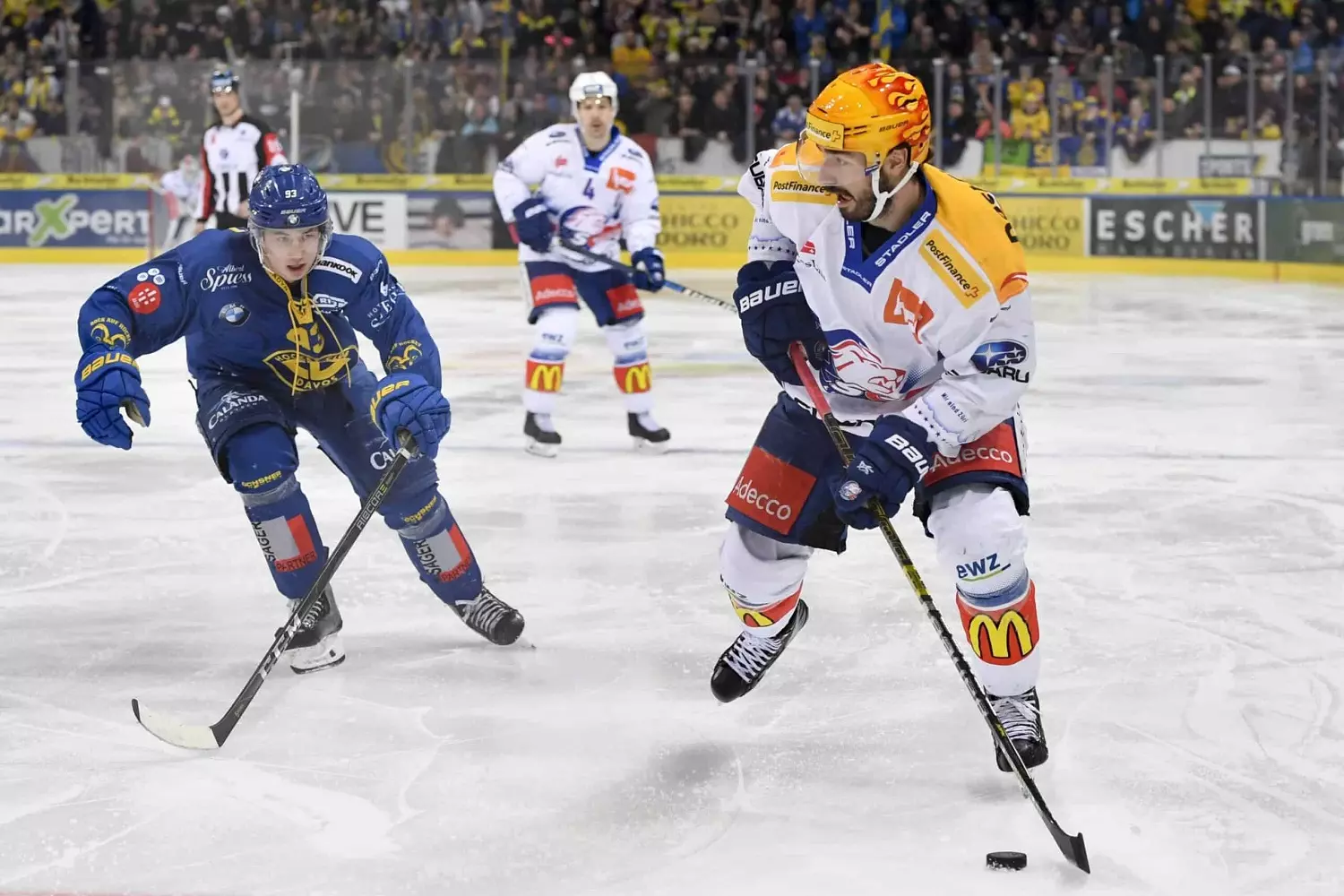
The league is gradually becoming more international. Players from dozens of countries already compete in it. NHL games are broadcast worldwide, and preseason games take place not only in the USA and Canada but also in Europe. There is discussion about holding an official game in Mexico or even Asia.
Among the main challenges are maintaining competition between teams, combating injuries, especially concussions, and attracting new audiences. Young people are more likely to watch short clips than full broadcasts, and the league is adapting to this — emphasizing highlights, interactivity, and social media.
Despite all the difficulties, the NHL is not standing still. It knows how to change, find new markets, implement rules, and adapt. All of this suggests that the league has a future — with new heroes, viewers, and formats, but with the same spirit of hockey for which it is loved.














